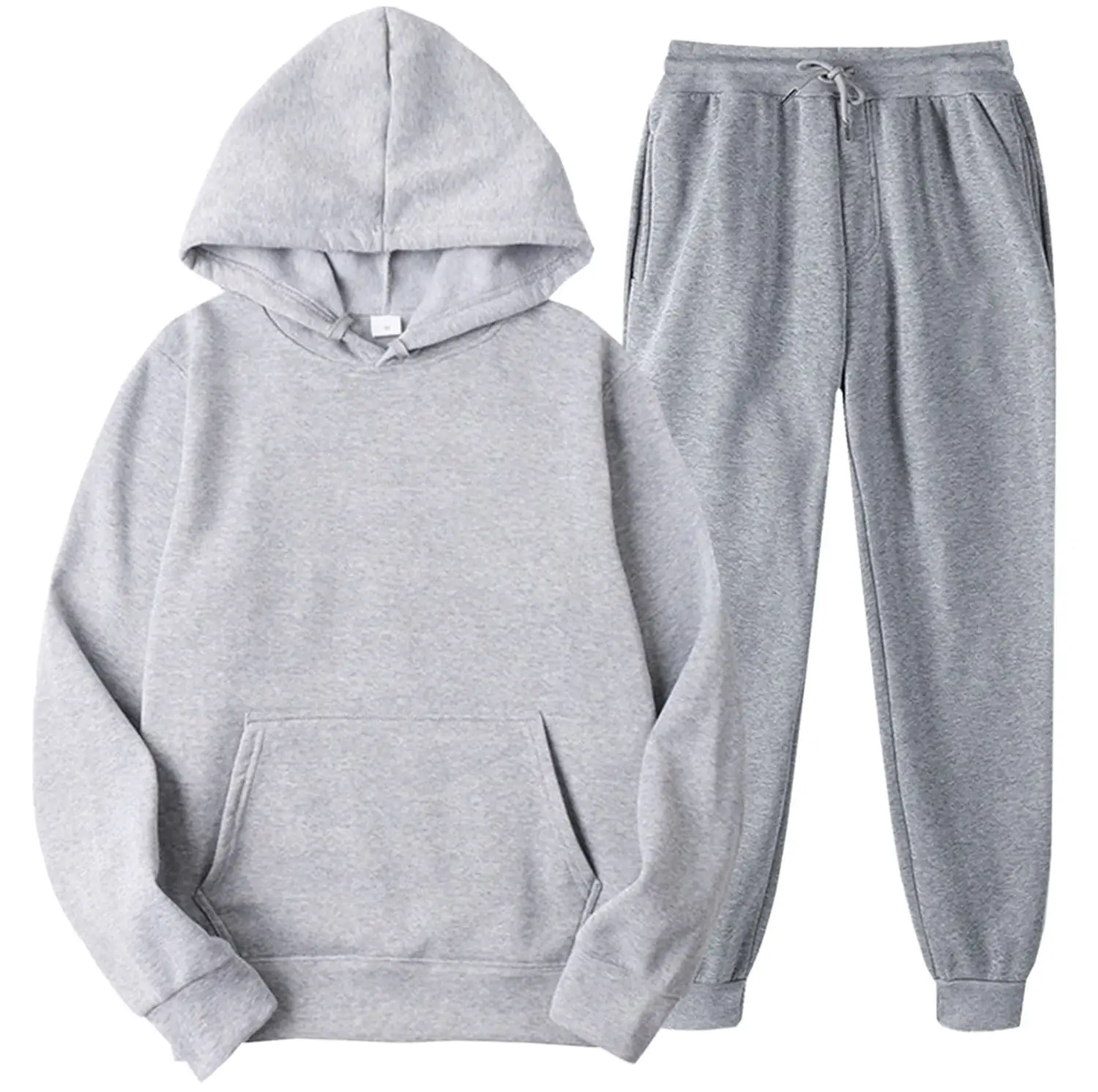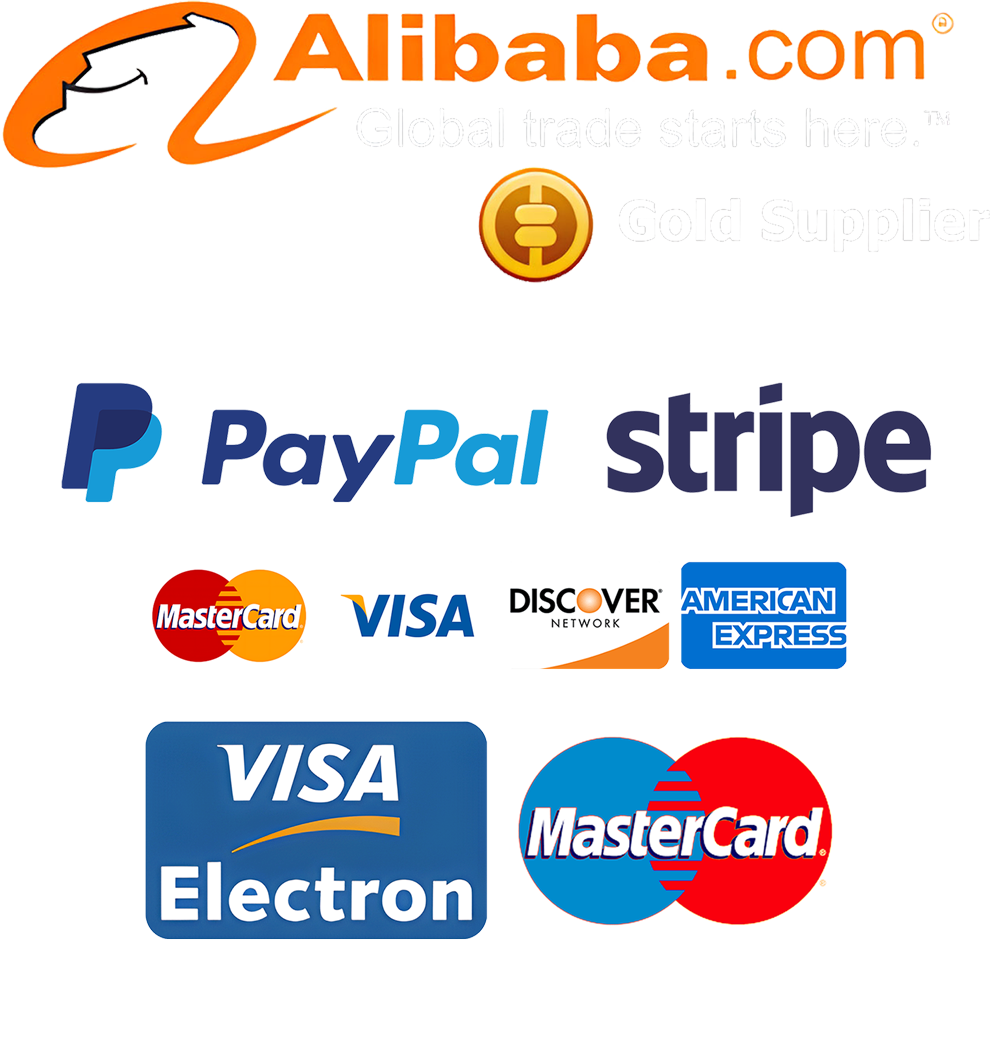Sustainable Fabric Sourcing Strategies for Clothing Manufacturers
Implementing Eco-Friendly Textile Procurement Programs
When companies want to go green with their fabric buying, they need to set clear sustainability goals and get familiar with international certification marks such as GOTS and OEKO TEX. Adopting these certified standards brings real benefits throughout the supply chain. The certifications basically ensure fabrics pass strict tests for both environmental impact and worker conditions, including partnerships with groups supplying genuine organic cotton. Working directly with nearby farmers helps establish connections with those growing organic cotton and hemp, which in turn supports local agriculture and biodiversity. Keeping good records about these practices matters a lot for how customers see the brand. When businesses share stories about where their materials come from and what environmental improvements they've made, it speaks directly to today's shoppers who care deeply about sustainability. All these approaches not only make a company look more environmentally responsible but also create lasting trust among people who prioritize going green in their purchases.
Developing Ethical Supplier Partnerships for Material Traceability
Building good relationships with suppliers who follow ethical practices helps companies track where materials come from and makes the whole supply chain more open and honest. When businesses set out clear rules about what kind of behavior they expect from suppliers in their contracts, it actually works pretty well to keep everyone following green practices. Speaking of which, could something like blockchain help make things even clearer? The technology behind blockchain basically creates a tamper-proof record showing exactly where raw materials go through every step until they become finished products. All parties involved can check this information anytime. Companies also need to do regular checks to see if suppliers are sticking to those ethical standards and legal requirements. These checks aren't just paperwork exercises either they really push for responsibility across different parts of manufacturing. Focusing on these kinds of ethical connections leads to better sourcing decisions overall, which matters because today's customers want to know their purchases aren't hurting people or planet somewhere along the way.
Technology Integration in Fabric Procurement & Production
Blockchain for Transparent Supply Chain Tracking
The way blockchain affects supply chains is pretty remarkable, mainly because it lets companies track where materials come from in real time. Take textiles for instance. Knowing exactly what goes into clothing matters a lot these days. With blockchain tech, manufacturers can follow their products all the way from raw materials right down to the final garment on store shelves. Big name brands have started adopting this approach not just to cut down on fake goods but also to be more responsible about where they source stuff. Consumers tend to trust companies more when they know their clothes aren't made under questionable conditions. Plus, if there's ever a problem product, recalls become much easier since everything has been documented along the way. Companies using blockchain gain an edge over competitors who still rely on traditional paper trails.
Optimizing Production Efficiency Through Process Innovation
Lean Manufacturing Techniques for Waste Reduction
Lean manufacturing cuts down on wasted time and resources by making production smoother and faster. The approach comes straight from Toyota's shop floor back in the day, where they figured out how to make cars better while wasting less material. When companies apply lean methods, they often cut back on leftover materials and eliminate those extra steps nobody really needs in the assembly line. Getting staff properly trained matters a lot too. Workers who understand the system can spot where things aren't working right and come up with fixes that actually work. This creates an environment where everyone keeps looking for ways to do things better, not just once but all the time as part of daily operations.
Automated Fabric-Cutting Systems for Precision
Fabric cutting has gotten much better with automation bringing both accuracy and faster work rates to textile manufacturing shops. The machines cut down on wasted materials because they follow precise patterns without human error. And when it comes to money matters, companies see real returns when there's less waste going into landfills and fewer mistakes needing correction. Speed definitely matters too these days. Automated cutters can handle several yards of fabric per minute compared to what humans manage manually. Plus, workers aren't handling sharp blades all day long anymore which cuts down on injuries around the shop floor. This makes sense for business owners looking at bottom lines while keeping their staff safe from cuts and repetitive strain injuries common in traditional cutting operations.
Supply Chain Resilience in Textile Manufacturing
Agile Sourcing Strategies for Fluctuating Material Costs
When companies adopt agile sourcing methods, they can better handle those unpredictable swings in material prices and changing market needs simply by spreading out where they source their materials from different parts of the world. Building connections with several suppliers instead of relying on just one or two makes the whole supply chain much tougher to break, especially during unexpected events like factory shutdowns or shipping delays. Smart businesses regularly check what's happening in the markets so they can tweak their buying strategies as conditions change. Looking at actual industry data shows this approach keeps costs more predictable while making sure operations keep running smoothly even when markets take sudden turns.
Multi-Vendor Ecosystems to Mitigate Shortages
Building a multi-vendor ecosystem reduces the impact of supplier shortages and disruptions, decreasing vulnerability to delays. Robust collaborations enhance negotiation leverage, securing favorable terms. These partnerships offer opportunities to develop comprehensive solutions for supply chain bottlenecks. Even during disruptions, operational continuity is maintained without sacrificing quality or delivery timelines.
Handling Fabric Shortages in 2024: Proactive Solutions
Alternative Material Adoption During Sample Development
When fabric supplies run low, many companies turn to alternative materials during their sample creation phase. Fashion designers are increasingly working with options such as lyocell from wood pulp and various types of recycled polyester blends. These choices not only help reduce environmental impact but still meet the visual requirements clients expect for their collections. The shift has actually saved some brands thousands on production costs lately, especially when combined with better trend prediction tools that match sustainable fabrics to what consumers want next season. For textile manufacturers struggling with supply chain issues, these alternatives represent real problem solving opportunities while pushing creative boundaries in garment construction techniques.
Contingency Planning for Global Logistics Delays
Contingency planning for logistics delays identifies risks, establishes communication protocols, and creates alternative logistics pathways. GPS tracking and logistics management software improve supply chain visibility, allowing rapid delay responses. These preparedness measures mitigate economic impacts and ensure supply chain resilience, maintaining operations and delivery commitments in a volatile economy.
Nearshoring Trends in Textile Production
Regional Manufacturing Hubs Reducing Lead Times
Nearshoring reduces lead times, allowing swift market response. Reduced shipping distances lower carbon footprints, aligning with sustainability goals. Nearshoring makes economic sense and reflects a responsible choice aligned with environmental goals by introducing new products efficiently.
Case Study: US-Mexico Apparel Corridor Efficiency Gains
The US-Mexico apparel corridor exemplifies efficiency gains through nearshoring. Efficient trade agreements and geographic proximity enhance production speed. Improved response times and inventory management offer faster delivery times and heightened competitiveness, demonstrating nearshoring's vital role in apparel manufacturing.

Evaluating Fabric Sourcing KPIs for Manufacturers
Metrics: From raw material yield to production throughput
Tracking KPIs like raw material yield and production throughput enhances operational efficiency. These metrics aid cost management and quality assurance. Continuous improvement aligns performance with objectives, maintaining quality and efficiency. KPI tracking is invaluable for cost reduction and competitiveness.
Balancing cost-efficiency with quality benchmarks
Balancing cost-efficiency with quality benchmarks avoids compromising final product quality. Insights show successful strategies involve setting clear benchmarks and maintaining quality despite cost pressures. Innovative solutions sustain quality while managing costs, ensuring brands meet market expectations without sacrificing reputation.
FAQs
What are GOTS and OEKO-TEX certifications?
GOTS and OEKO-TEX are global certifications that ensure fabrics meet environmental and social requirements.
How does blockchain enhance supply chain transparency?
Blockchain offers real-time, transparent tracking of materials from source to consumer, improving accountability.
Why is AI important in inventory management?
AI analyzes historical sales data to predict demand, optimizing inventory management and reducing costs.
How does nearshoring contribute to sustainability?
Nearshoring reduces lead times and shipping distances, thereby lowering carbon footprints and supporting sustainability.
What role do metrics play in fabric sourcing?
Metrics like raw material yield and production throughput help manufacturers enhance efficiency and maintain quality.
Table of Contents
- Sustainable Fabric Sourcing Strategies for Clothing Manufacturers
- Technology Integration in Fabric Procurement & Production
- Optimizing Production Efficiency Through Process Innovation
- Supply Chain Resilience in Textile Manufacturing
- Handling Fabric Shortages in 2024: Proactive Solutions
- Nearshoring Trends in Textile Production
- Evaluating Fabric Sourcing KPIs for Manufacturers
- FAQs



